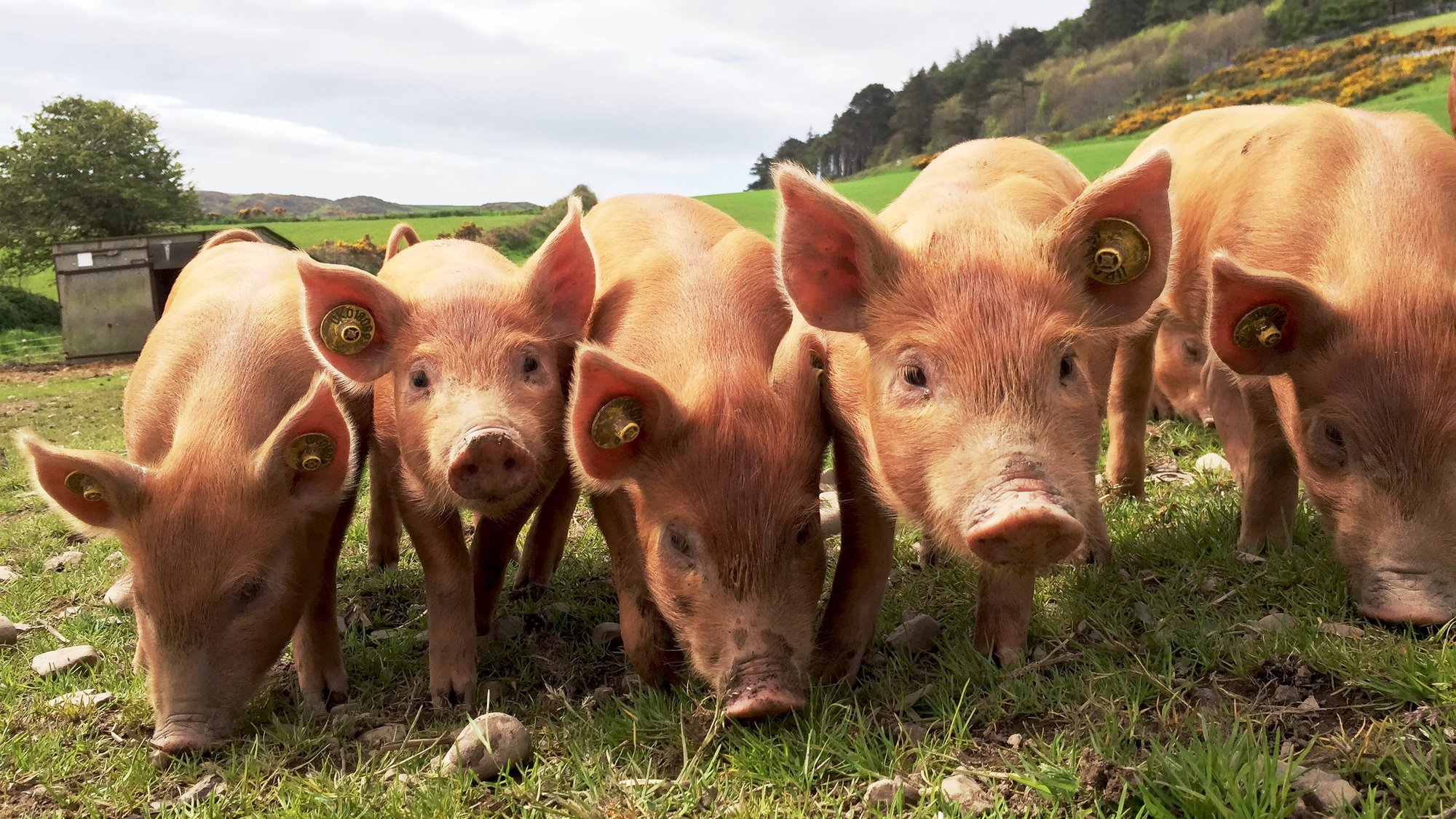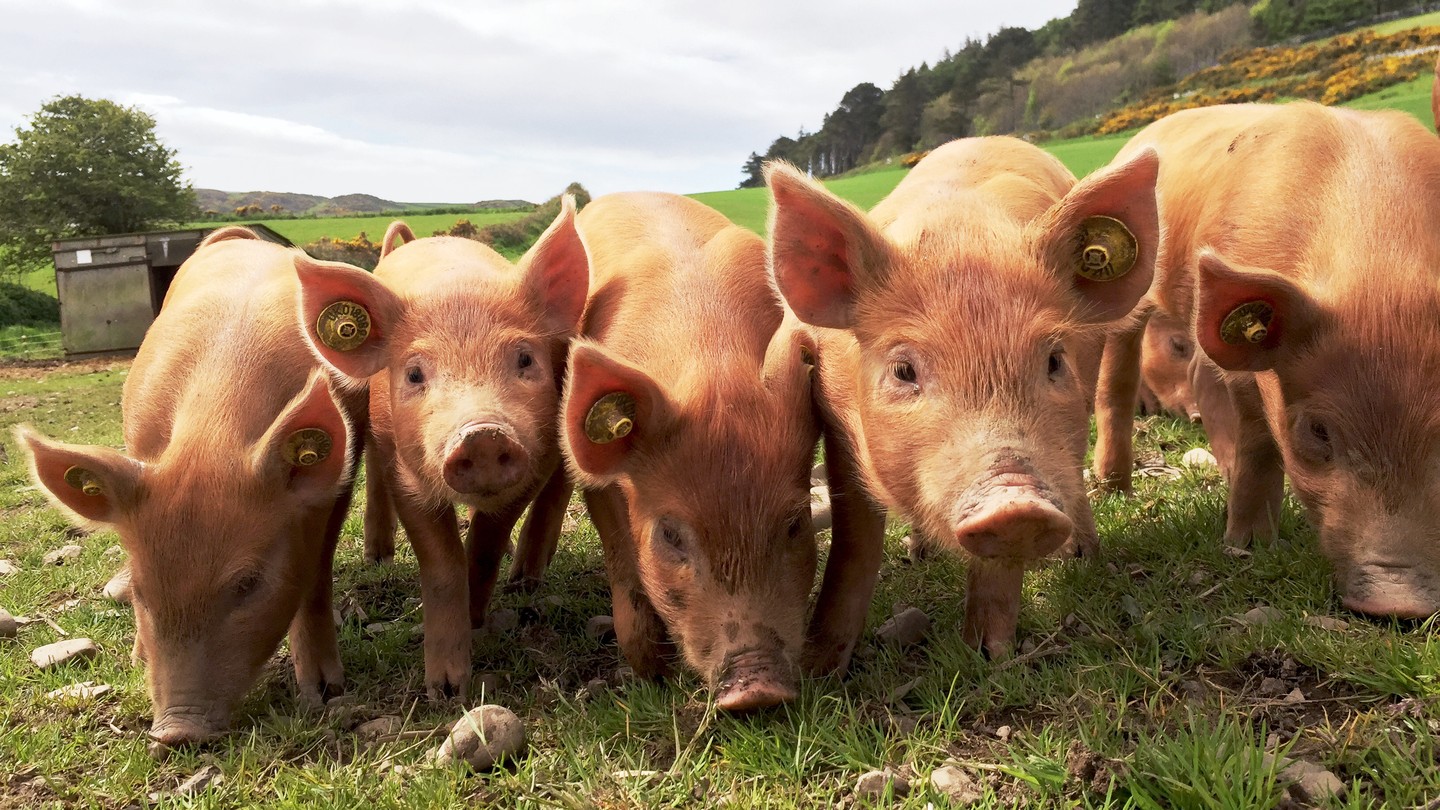I might have been naïve and impressionable – in my defence, most 11-year-olds are – but a 1988 Brazilian newspaper advert shaped my view of the importance of context. Narrated in a suitably ominous voice, it listed Hitler’s pre-war economic record before concluding: “It's possible to tell a lot of lies by telling only the truth.”
The ad went on to win the Golden Lion at Cannes. Its recognition shows how the concept of media as a bastion of credibility and holy provider of context resonated in more optimistic times, before “mainstream” became a demeaning qualifier.


This optimism is harder to find nowadays
The mention of mis- and disinformation (MisDis for short) brings a dark cloud over industry conversations. There is much sighing and head shaking. There is the quoting of surveys showing how many people get their news from influencers, or how “news avoiders” are an increasingly important and hard-to-reach segment.
Social media, deep fakes, and state-sponsored troll farms are all variously blamed for the pervasive feeling that high-quality content has lost value. The media game now is to be quick, short, and everywhere – does anyone really care if it is true? Estimates vary, but a significant share of the audience forwards posts even after being warned they are false. As the Italian saying goes “it might not be true, but the story is well told”.
Sure, this is a societal problem but MisDis erodes trust in the news industry directly. Publishers are having to contend with fake attribution, the abuse of the journalistic obligation to “hear both sides”1 and decontextualised archive content, not to mention the proliferation of “you-won’t-see-this-on-mainstream-media” posts. Meanwhile, the ever-faster news cycle puts pressure on image verification and fact-checking, both especially important in an environment under increasing threat from deep fakes and AI-created content.
Social media platforms could do more. In particular, Meta’s withdrawal from news and Twitter’s (now X’s) axing of moderation standards is deeply concerning. But media companies have not done enough either: sloppiness can be especially damaging when headline notifications reach their targets instantaneously and genuine mistakes are weaponised for effect. Lack of transparency feeds conspiracy theories and media illiteracy.
Proud to be mainstream
We contend that high-quality content has never been more precious. While anyone can make a quick buck with a reasonably good-looking post on Cristiano Ronaldo’s fake death, how many times can an audience be fooled into RIP’ing him before they start resenting the platform promoting this information?
In a sea of misinformation, readers will eventually recognise and value islands of credibility - and therein is the opportunity for publishers - assuming they keep their heads above water.
How to maintain trust
Maintaining good relationships with social media platforms is vital, but that’s not enough. Publishers need to work harder to close the gaps in which misinformation thrives. As the saying goes, you can “write faster than anyone who can write better and better than anyone who can write faster”, which is particularly useful advice in an age of 24/7 news and instant notifications. Some practical examples of measures include:
- Be More Transparent2: The better readers understand how news decisions and assumptions are being made, the more confidence they will have in the press. According to the Impress News Literacy Report, only 51% of those with the highest educational levels believe they know enough about the news production process and only 57% of the population in the UK trust national broadsheet newspapers to report on the news fairly. The Internet creates the possibility for more detailed explanations and background information for each article - and yet few publishers use this opportunity, leaving the perception that articles are based on superficial opinions or misleading data.
- Join forces: publishers can collaborate to form fact-checking entities during the run up to elections (such as the Comprova project3) and promote standards for image metadata and provenance information formats.
- Incorporate image checking into your workflow: In a rushed news cycle with multiple sources of photos and videos, it is easy for AI-made or out-of-context images to be incorporated into narratives - and when this is found out, damage to reputation can be hard to repair. Earlier this year, the FT decided not to publish photorealistic images generated by AI. There are a number of tools that can be used for reverse-searching and detecting AI-made images or editing such as TinEye, Google Lens, Ai or Not, Hive Moderator, or Intel’s Fake Catcher.
- Review your editorial standards: In some publications, editorial standards were designed for a time when articles were read with more attention. Digital publishing can be more easily corrected, but mobile browsing and “glance reading" create the need for more explicit caveating. Headline notifications form opinions instantly and superficially. In addition, disinformation actors use journalists’ attempts to “hear both sides” to expand the Overton window4 and disseminate false ideas. Using the “Truth sandwich”5 and avoiding unverified quotes in headlines (even when they are attributed to someone in authority) can help distance publishers from the source of misinformation and avoid disseminating false narratives.
- Prominently labelling archive images and articles with the date and provenance, especially if outside a paywall. Much misinformation is genuine content taken out of context and shared inadvertently. The Guardian’s overlay of source and date is a good example.
- Protect your systems: Many publishers have been targets of cyber attacks in the past few years. Attacks can compromise the ability to publish new content and also damage archives. Publishers need to ensure that their workflow is robustly defended throughout and that issues given top management attention.
- Invest in media literacy: Misinformation initiatives are often wasted - either due to a lack of continuity or an effective “go-to-market” strategy. Some of the most effective interventions rely on “inoculating” audiences6 so they can identify misinformation techniques. Games and training have been shown to have effects in the long term and have a real impact on individuals’ likelihood of spreading misinformation.
We at FT Strategies can support counter-MisDis initiatives in the media ecosystem:
- For publishers, we can review operations to ensure they are adapted to digital-first workflows and are resilient against threats brought about by MisDis.
- For non-profit organisations, we can help by supporting media literacy programmes’ development, assessing the effectiveness of media intervention options and helping counter Mis/Dis initiatives become more sustainable by advising on dissemination strategies, guidelines for partnerships and technology strategy
If you want to know more about how we can help counteract misinformation and maintain your reader’s trust please get in touch here.
2 Richard Stengel, former undersecretary of State who led the US efforts against disinformation under Obama goes further in his book “Information Wars”, proposing the creation of “Transparency Editors”.
3 https://www.linkedin.com/pulse/future-journalism-radical-collaboration-aimee-rinehart-jmioc
4 The range of what is considered acceptable discourse. By pushing extreme positions from either side of the spectrum it is possible to shift the Overton window so ideas previously considered unthinkable become mainstream. Read more at: https://conceptually.org/concepts/overton-window
5 As proposed by the linguist George Lakoff on his Dec 1st, 2018 post: Truth Sandwich: 1. Start with the truth. The first frame gets the advantage. 2. Indicate the lie. Avoid amplifying the specific language if possible. 3. Return to the truth. Always repeat truths more than lies.
6 https://www.nature.com/articles/s41599-019-0279-9
About the author

